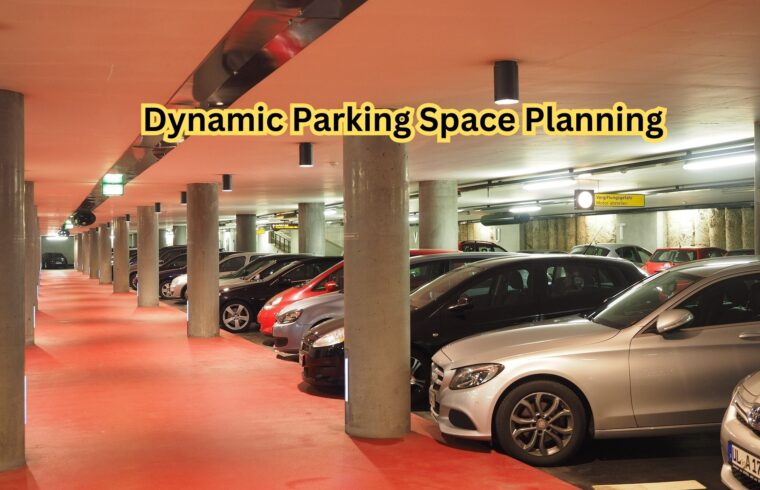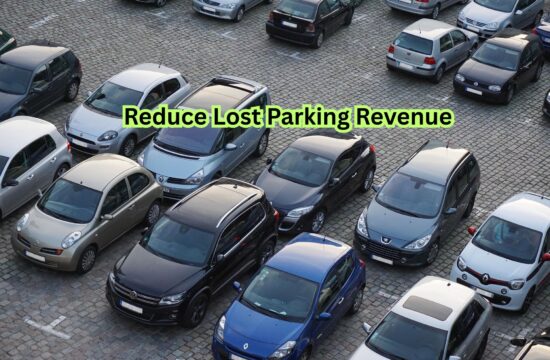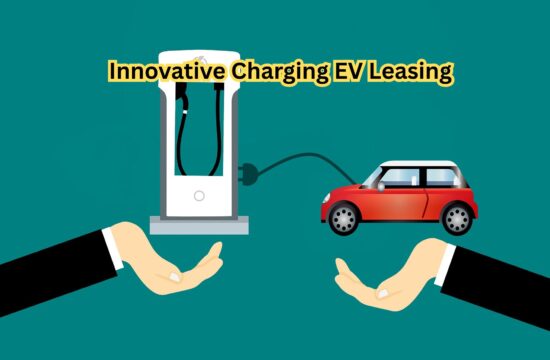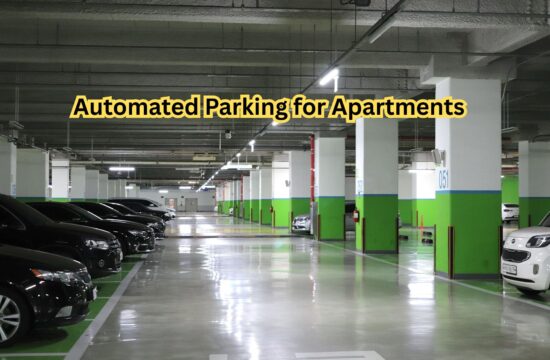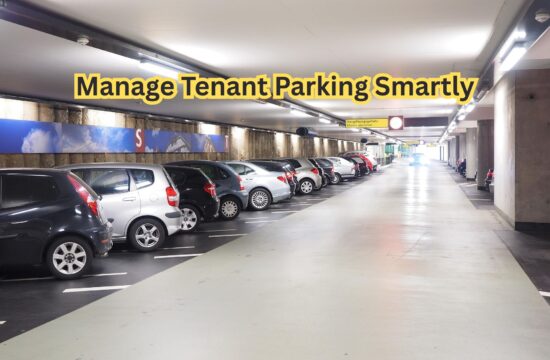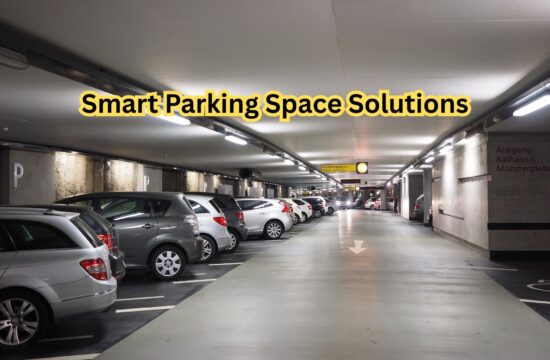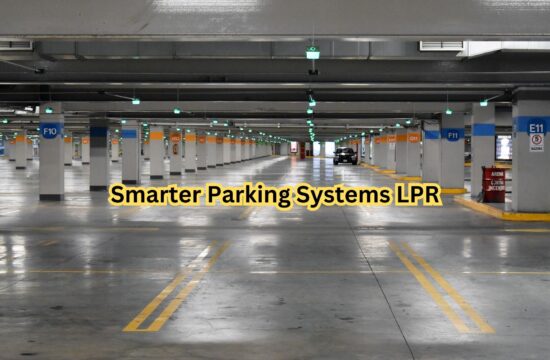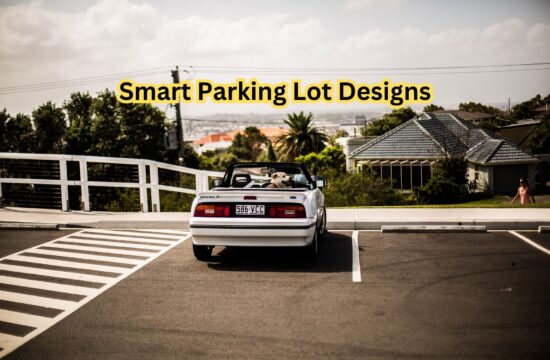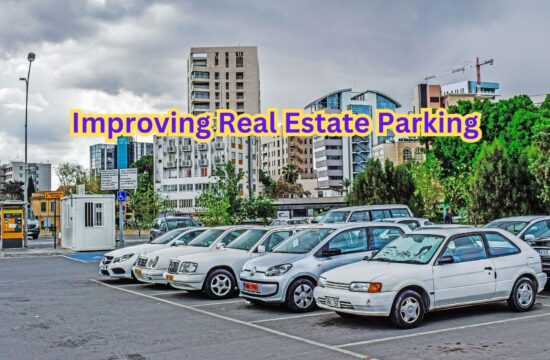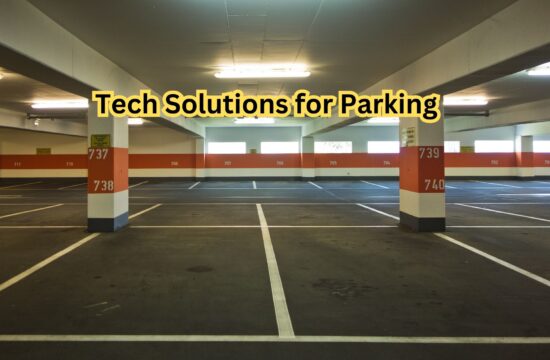Parking has long been a challenge in urban areas, where limited space and growing populations lead to congestion and inefficiencies. Dynamic Parking Space Planning is an innovative approach that leverages technology and data to optimize the use of available parking spaces. By implementing Dynamic Parking Space Planning, cities can better manage their parking resources, reducing frustration for drivers while minimizing traffic congestion. This method not only alleviates parking woes but also supports sustainable urban mobility, making Dynamic Parking Space Planning a vital strategy for modern urban development.
What is Dynamic Parking Space Planning?
In order to efficiently manage parking spaces, dynamic parking space planning makes use of sensors, real-time data, and intelligent systems. Dynamic parking systems adapt to user preferences, traffic patterns, and current demand, in contrast to static parking solutions that depend on fixed allocations. Parking resources are used to their maximum capacity thanks to this flexibility.
Key Features of Dynamic Parking Systems
With the use of smartphone apps, vehicles can locate places fast thanks to dynamic parking systems’ capabilities including real-time availability tracking via IoT sensors. Dynamic pricing promotes balanced usage by modifying costs according to location, time, and demand. Reservation features eliminate uncertainty by guaranteeing spaces. By directing drivers to the closest parking space, these systems effectively save time, ease traffic, and improve urban mobility. They also effortlessly connect with GPS and navigation applications.
Benefits of Parking Space Planning
By cutting down on search times, dynamic parking systems ease traffic congestion, which lowers emissions and improves flow. They improve the customer experience by offering convenient and stress-free parking options, while also increasing parking operators’ revenue through dynamic pricing and effective space utilization. By combining sustainability and cutting-edge technology, these systems also aid smart city projects, which are in line with more general objectives for environmentally responsible growth and urban innovation.
Challenges and Considerations
Although parking space planning has several advantages, putting such systems into place necessitates a large infrastructure and technology investment. To maintain consumer trust, privacy issues pertaining to data collecting and administration must also be addressed.
The Future of Parking
The need for effective parking solutions grows as metropolitan areas continue to expand. In addition to addressing present issues, dynamic parking space planning is a progressive strategy that gets communities ready for a sustainable future. Municipalities and private operators can build smarter, more livable urban environments by adopting these technologies.
Today’s cities require dynamic parking space design; it is no longer a futuristic idea. We can transform parking issues into chances for development and sustainability by fusing creativity and technology.

